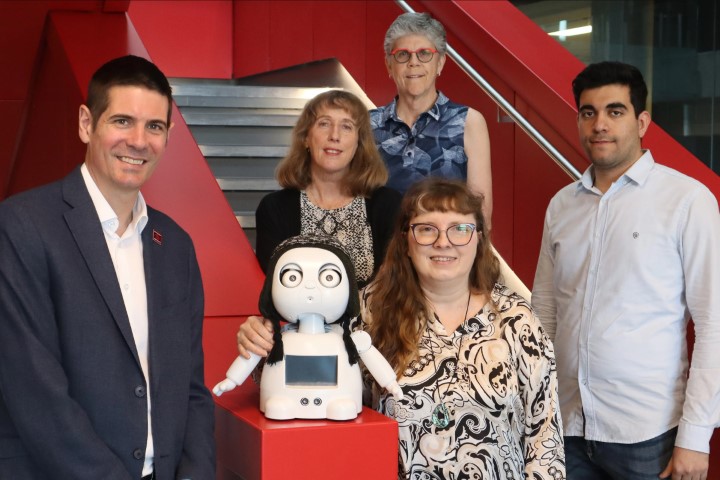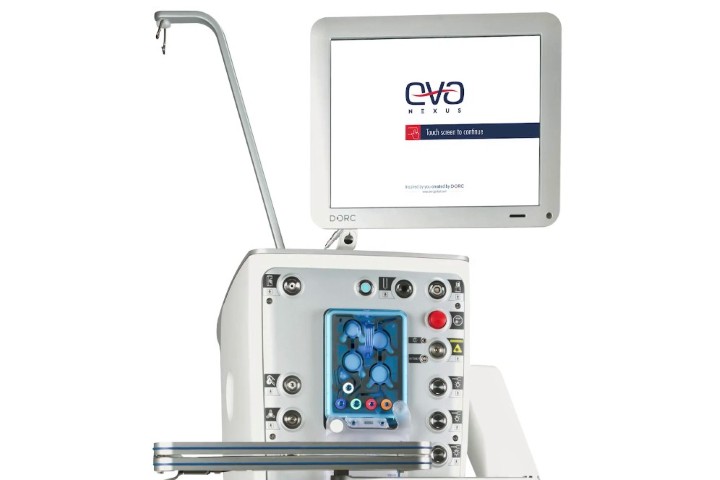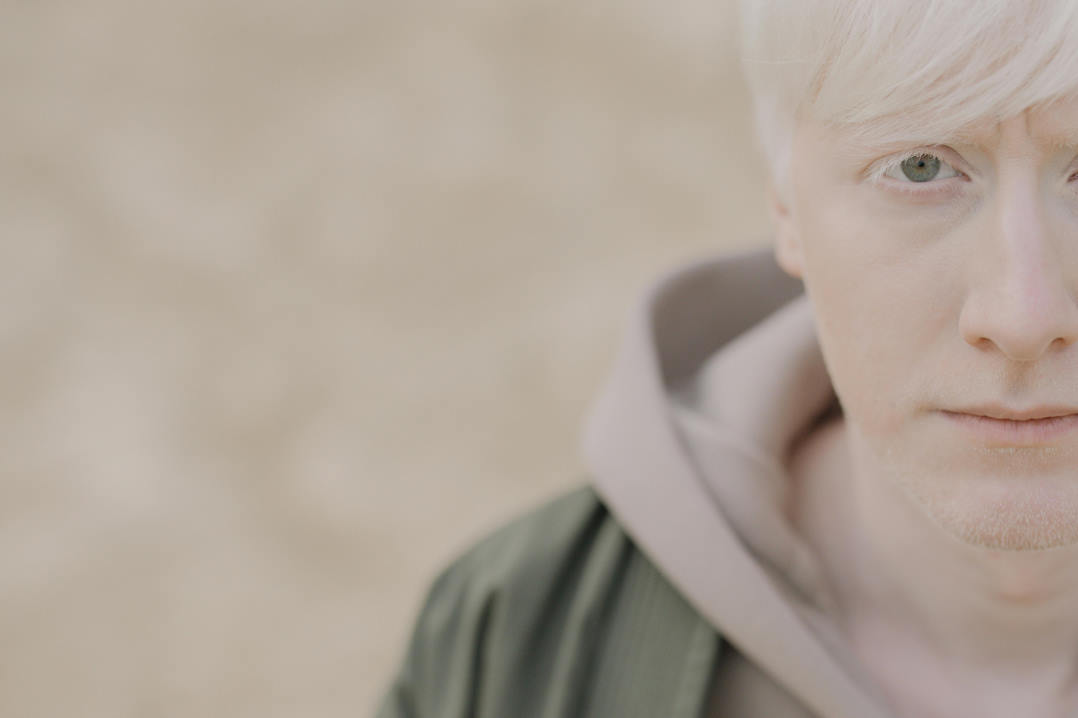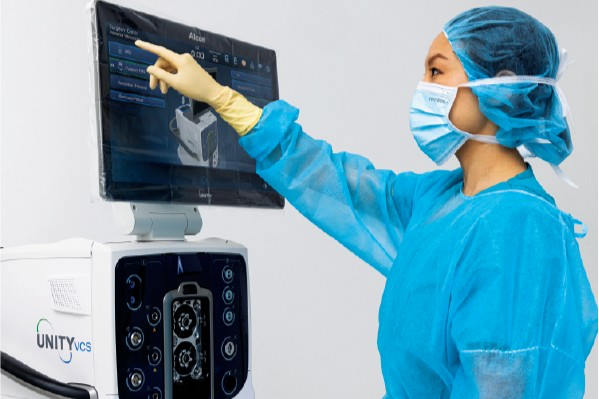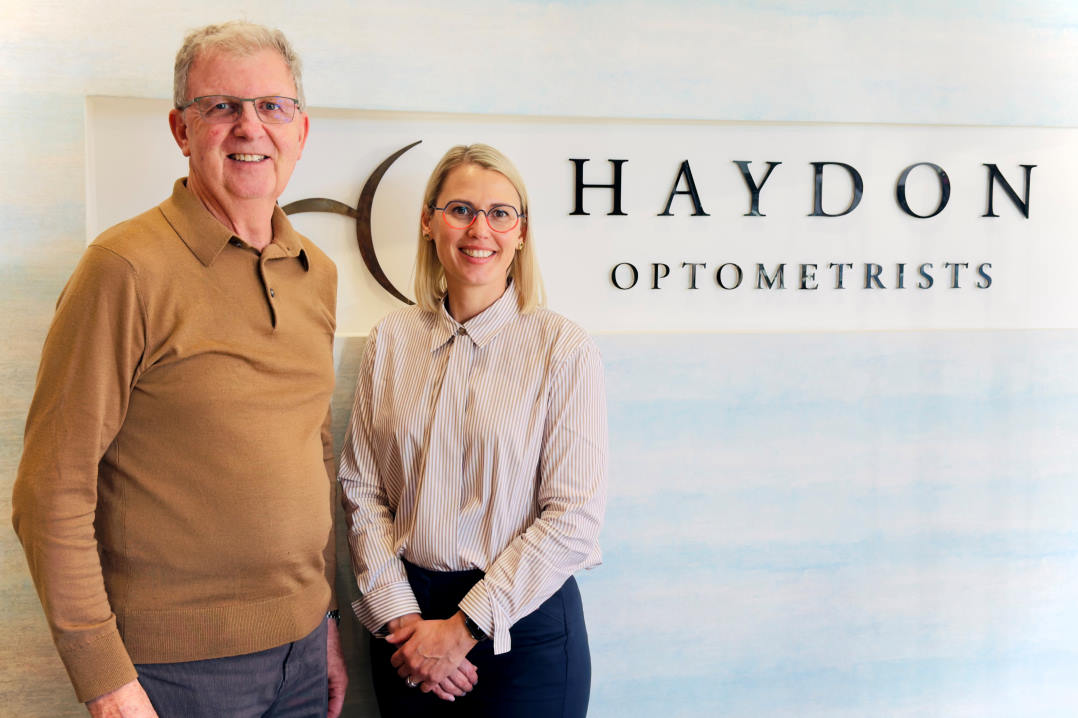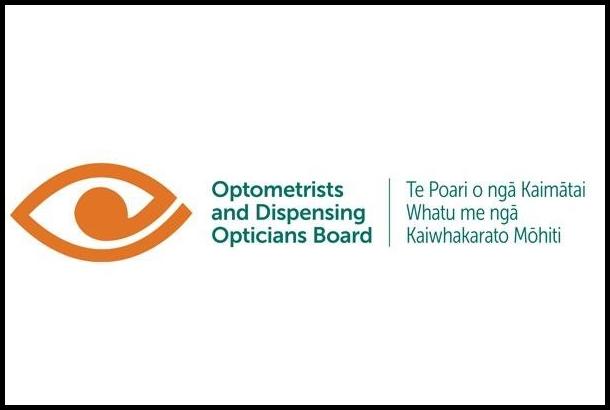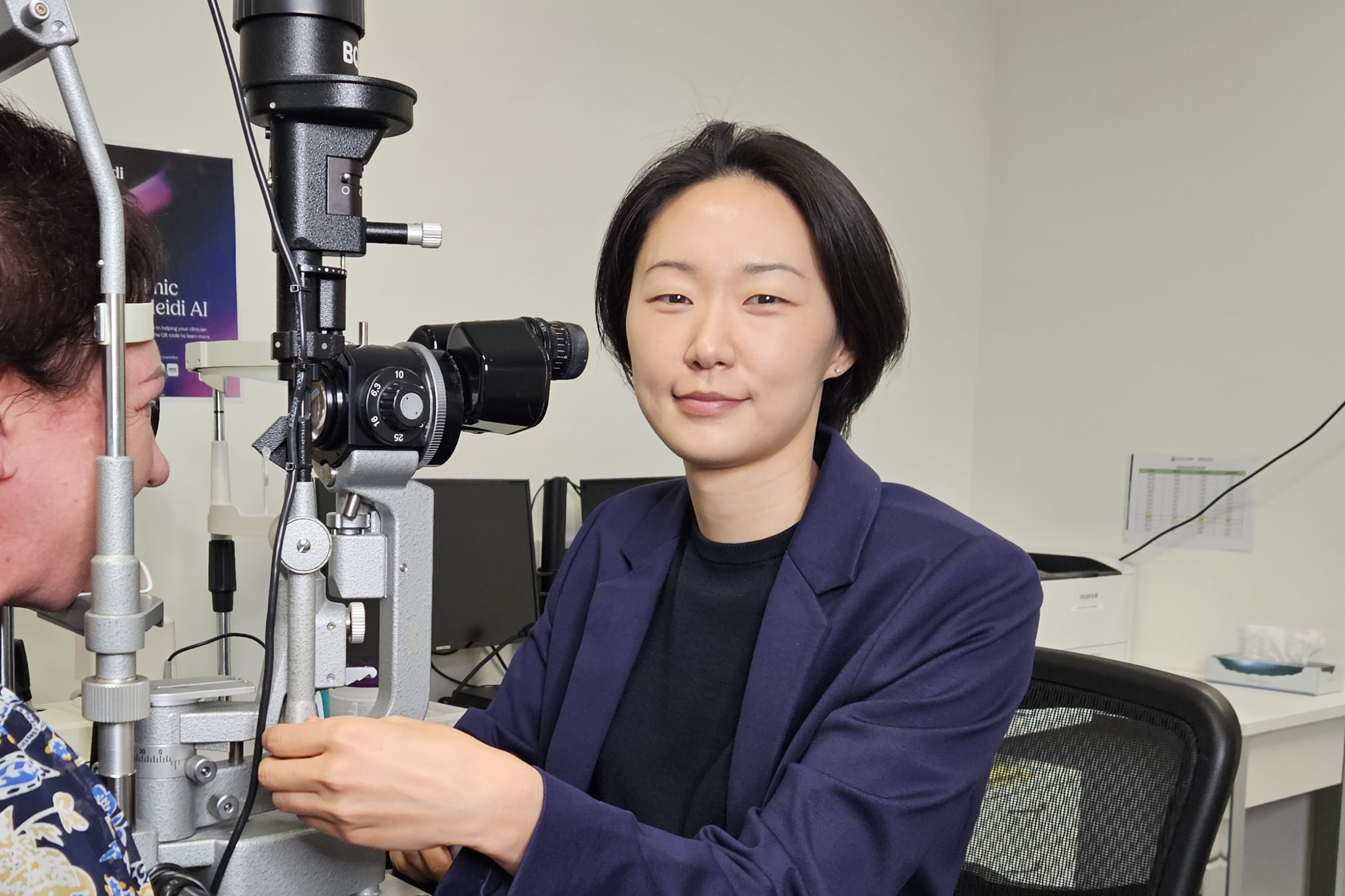Robot help with treatment adherence
An interdisciplinary team from the University of Waterloo, Canada, are developing a social robot to improve treatment adherence for amblyopia.
Typically, clinicians only briefly explain amblyopia and its treatment to parents, said the research team. “It’s hard for parents to absorb all the information at once and these conversations often don’t engage the child. When children and parents don’t sufficiently understand the condition, it’s easy to give up.”
The idea behind Mirrly, the robot, is children and caregivers will spend time with it at the optometry clinic, they said. For example, a young child could patch the robot’s eye and feel kinship with it, while the robot could show parents what and how their child sees, using a screen, and provide information about amblyopia and its treatment. Compared with using a tablet or computer, there is a lot of research showing children find working with social robots more enjoyable, said Professor Kerstin Dautenhahn. “A robot can motivate and encourage children, so I’m very optimistic that this work will lead to behavioural change.”
The team has started a two-year study with Mirrly and volunteer patients and their families to examine patching adherence and the children’s vision changes and psychological wellbeing. There are also applications beyond vision, said Dr Lisa Christian, an associate clinical professor of optometry. “If it works for amblyopia, it could be applied to other conditions to help improve health outcomes.”









